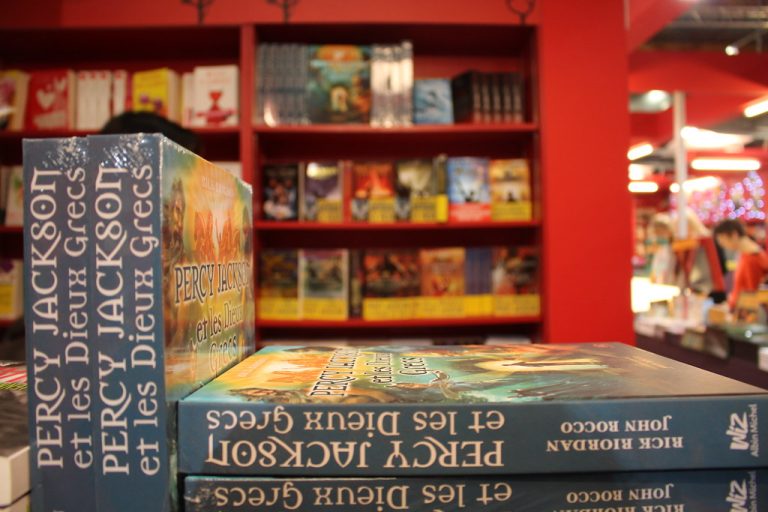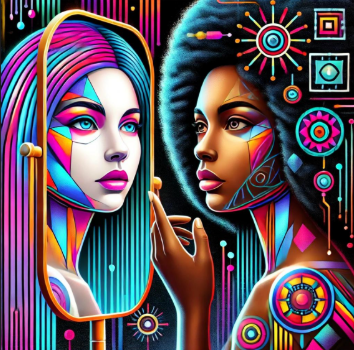How 4 Indigenous Stereotypes are Portrayed in American Films
Ever since the beginning of American history, Indigenous people have faced much oppression. Along with oppression, they have gone through a lot of racist, stereotypical misrepresentation in the United States. These stereotypes include redface, medicine men, beautiful maidens, and life as a tracker or on the reservation. To take a closer look at these issues, we must see how American films depict Indigenous people. Understanding the problem can help come up with solutions in the future. Here are 5 examples of Indigenous stereotypes:
Redface and Bloodthirsty Warriors
Redface was a huge issue in the United States and it still is today. From Iron Eyes Cody to today’s mascots and recent movies, racist stereotypes have been expressed in many forms. Redface was prominent in the 1930’s to the 1960’s when Western films were popular. It was about non-Native Americans donning darker makeup and redden skin tone to war paint and headdresses.
These impersonators played roles as Native Americans in films where they had multiple conflicts with settlers and American soldiers. Many white actors portrayed Indigenous people as bloodthirsty people, yelling war cries, and fighting with spears and tomahawks. They were seen as savages who only wanted to harass settlers. After fighting, the warriors will scalp the fallen and sexually harass white women. Indigenous
Adding on to Redface, Iron Eyes Cody was one of the popular white actors who played a Native American – not only on screen, but also off screen when he was home. Cody claimed to be of Cree and Cherokee descent when he was actually of Italian-Sicilian descent. Some may have mixed feelings toward Cody and his redface, as they claim he portrayed Indigenous people with respect, it doesn’t dismiss the fact that he created a whole character and lived it his whole life, gaining benefits of fame and money.
Silent and Wise Medicine Men
If they’re not going to war and killing, Indigenous people will be shown as silent, wise people. They speak little and when they do, it’s in riddles. Speaking in riddles is like answering a question without giving a real answer. Sometimes, they won’t play a significant role or have character development. This is the instance where the medicine man comes in. The medicine man will be there to help guide a white man on their journey.
Beautiful Maidens for White Men
Indigenous men are bloodthirsty while the women are available for white men to love. They are in films just as an object of beauty. The film Shanghai Noon shows an example of a beautiful woman who never talks. The white character is attracted to her despite her being married. Later, they get together and the rest is history. In the real world away from films, indigenous women face a lot of sexual assault and missing cases that goes unknown. Not much is broadcasted on national media when it comes to these issues. Indigenous women are twice as likely to experience violence, as a lot of these crimes are committed by non-Indigenous people.
Trackers and Reservations
In American films, you will see a lot of Indigenous people living in the wild or on reservations. If they’re living in the wild, Natives will be seen as trackers who know everything about the wild – how to hunt, sharp hearing, and everything related to survival. On the other hand, it’s true that Natives live on reservations, but that’s mostly shown because many people don’t know much about them. In reality, more than 70% of Indigenous people in the United States live away from reservations. Most live in urban areas.
What can we do?
Here is a list of films and tv shows that break the stereotypes. Smoke Signals tells a story from the point of view from indigenous people and what they experience without stereotypes involved.
- Dances with Wolves
- Indian Horse
- Wind River
- Smoke Signals
- Shouting Secrets
Not many people know about indigenous folks, so stereotypes will always come to play. Educating oneself about these issues is a great way to understand that Natives are more diverse than you would think. They don’t always live in villages or reservations. So, take these diverse and inclusive insights and do what you will with it – make a difference!


